Capturing Authentic Portraits with Eva Abeling
This July we offered two courses with international guest artist, Eva Abeling. Renowned for her analog photography, Abeling’s second workshop focused on the expressive world of portrait photography. Known for her ability to transport viewers into dreamy realities, Eva guided participants in celebrating their own unique perspectives. Through the camera lens, each student embraced their personal approach to communicating emotions, unveiling unique identities, and illustrating the true nature of their subjects.
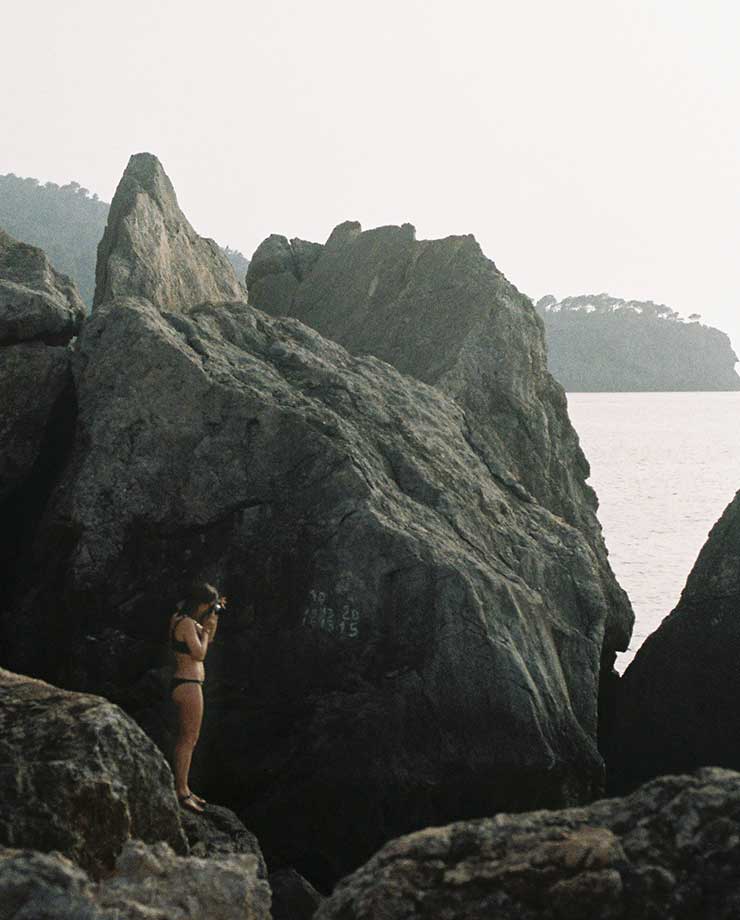
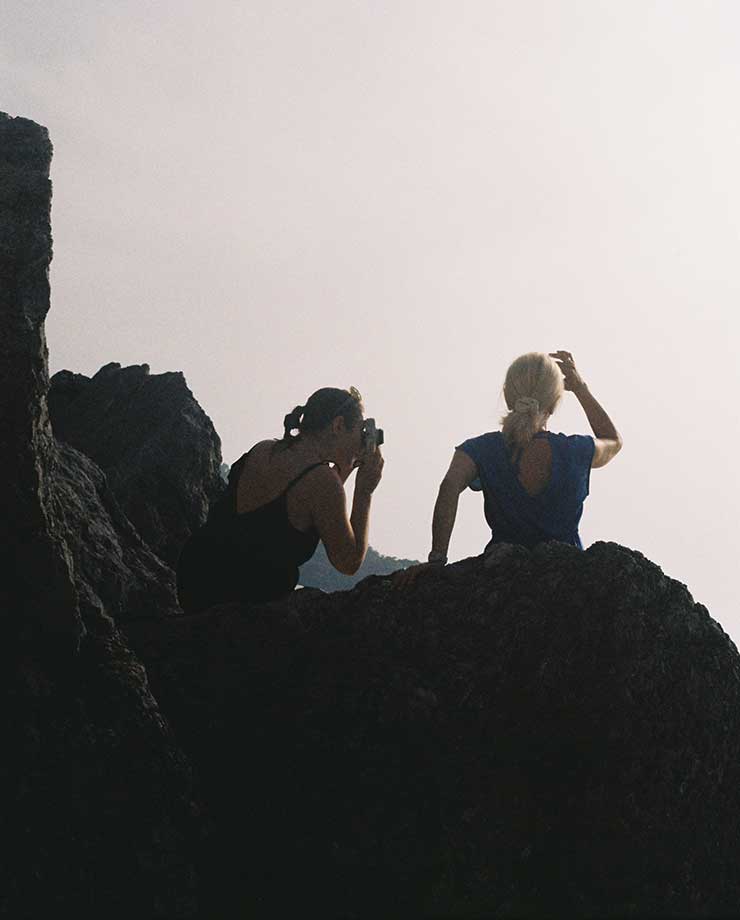
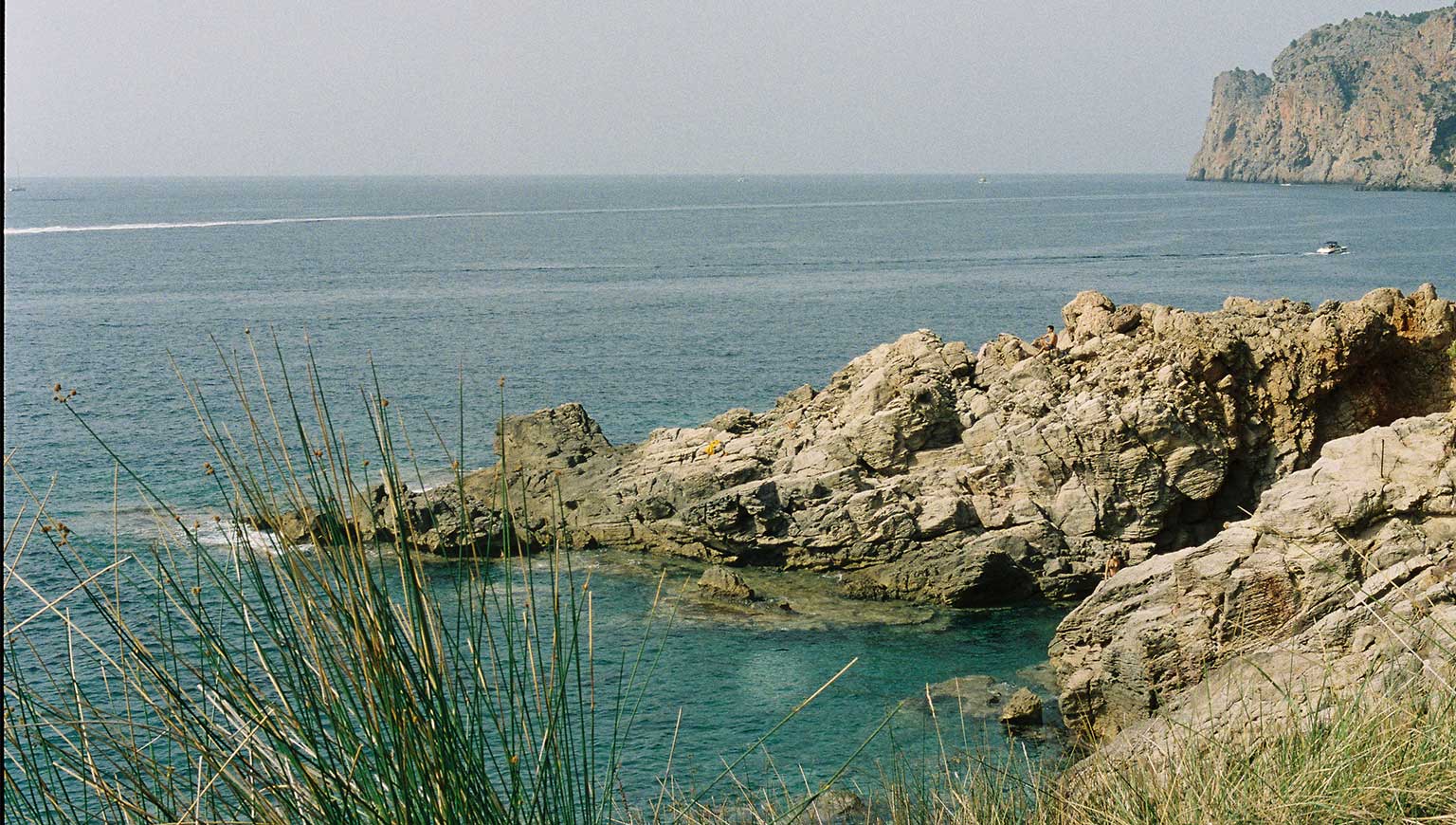
What Makes a Good Portrait?
From the daguerreotype to the instagram selfie, portrait photography has played a central role in how we portray what it means to be human. Set in a secret location along Mallorca’s west coast, the workshop began by sharing our personal artistic experiences with the photographic genre. As we shared our past approaches, Eva offered some advice:
‘’Trust your eye, find your truth, explore your favorite colors, shapes and shadows. Don’t be afraid to really notice and observe the present moment before the next one comes: hair flying in the wind, waves crashing on the shore, stars dancing in the sea.’’
Portrait photography at its core is less about capturing the ‘perfect’ photo and more about what’s genuine. It’s about being present, capturing fleeting moments that act as windows into our individual realities. By embracing what’s around us, using all of our senses, participants learned how to effectively observe and act as subjects – celebrating imperfections as symbols of meaningful lived experiences.
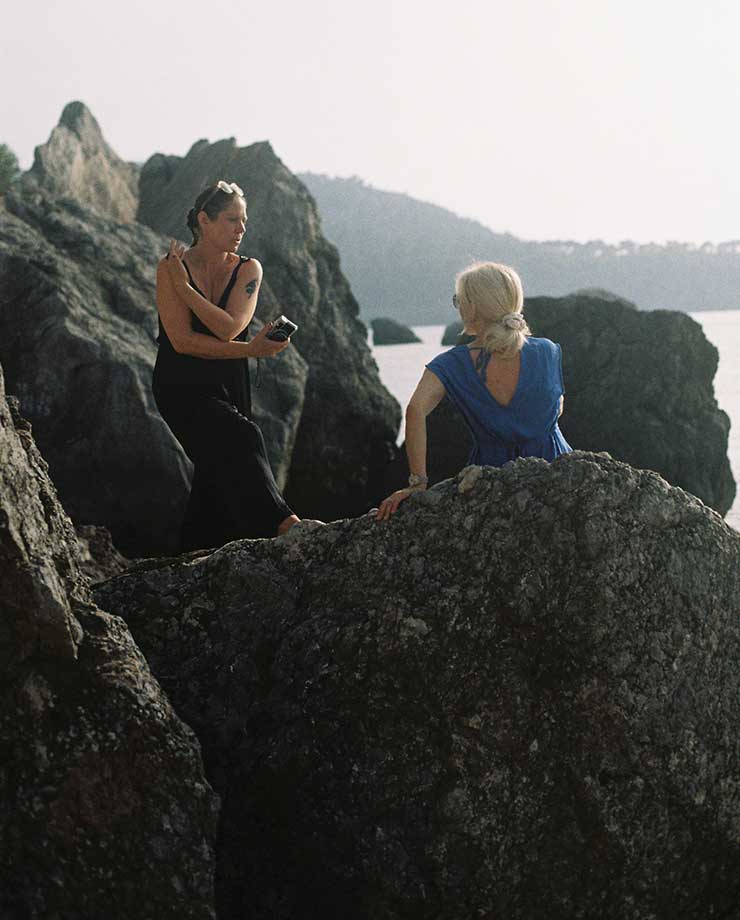
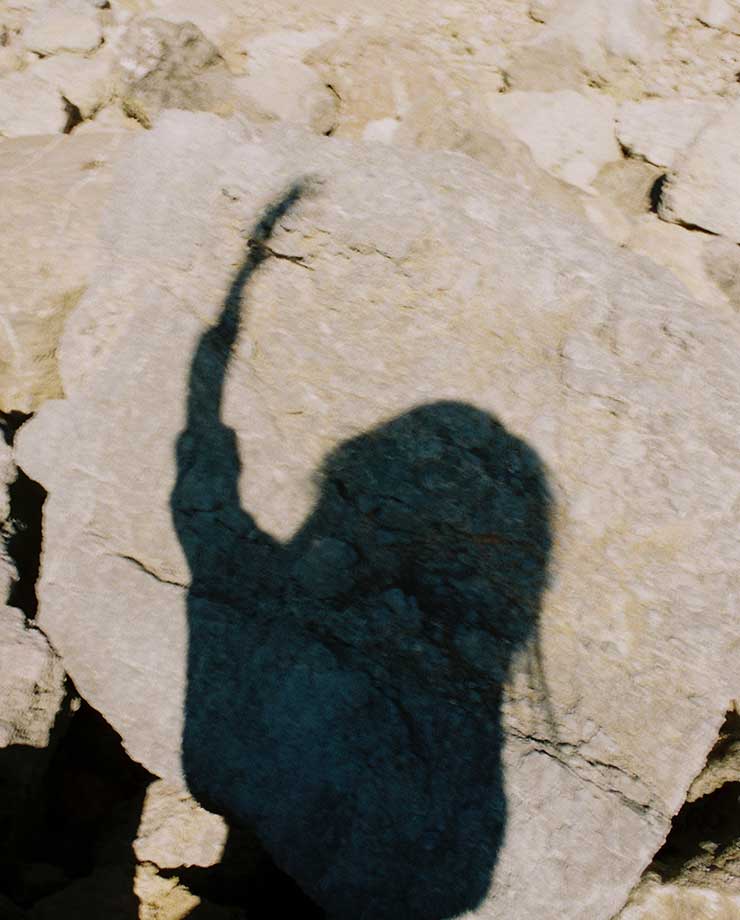
A Change in Perspective
Teaming up, Eva challenged participants to practice being both artist and subject. It became clear rather quickly that even the slightest gesture, facial expression, or movement could completely change the illustration of a person’s character. By practicing both roles, we had the chance to improve our understanding holistically, bringing our authentic selves to light. Building on this, Eva offered some food for thought:
‘’In a fast-paced world, often concentrated on facts and perfection, sometimes boredom means peace and silence is the most important thing we can listen to. There is a unique intimacy in stillness and that is photography’s real muse – stillness.’’
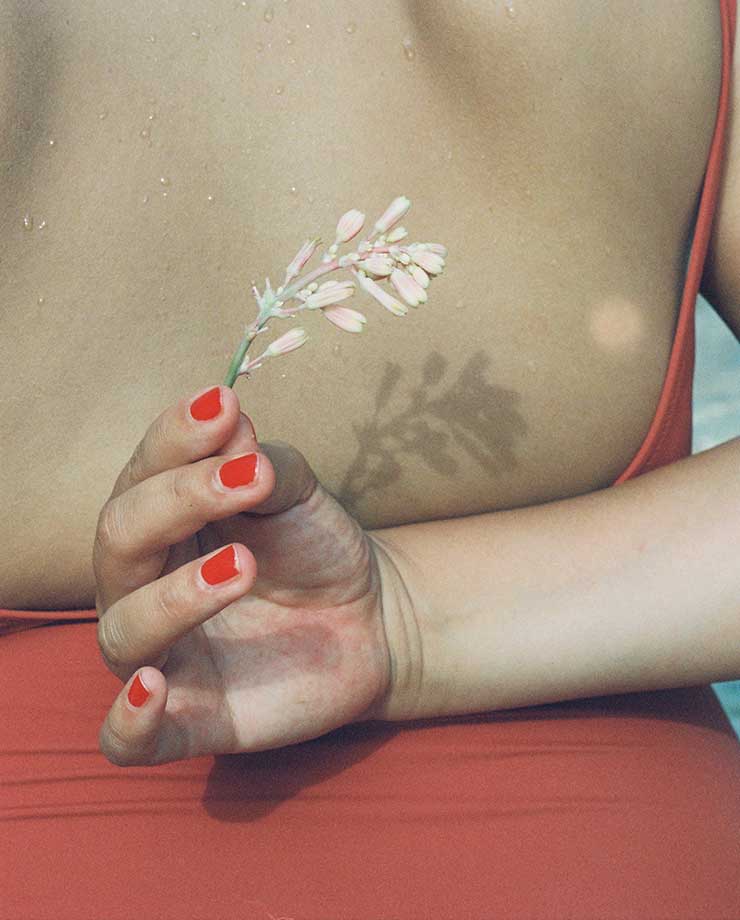
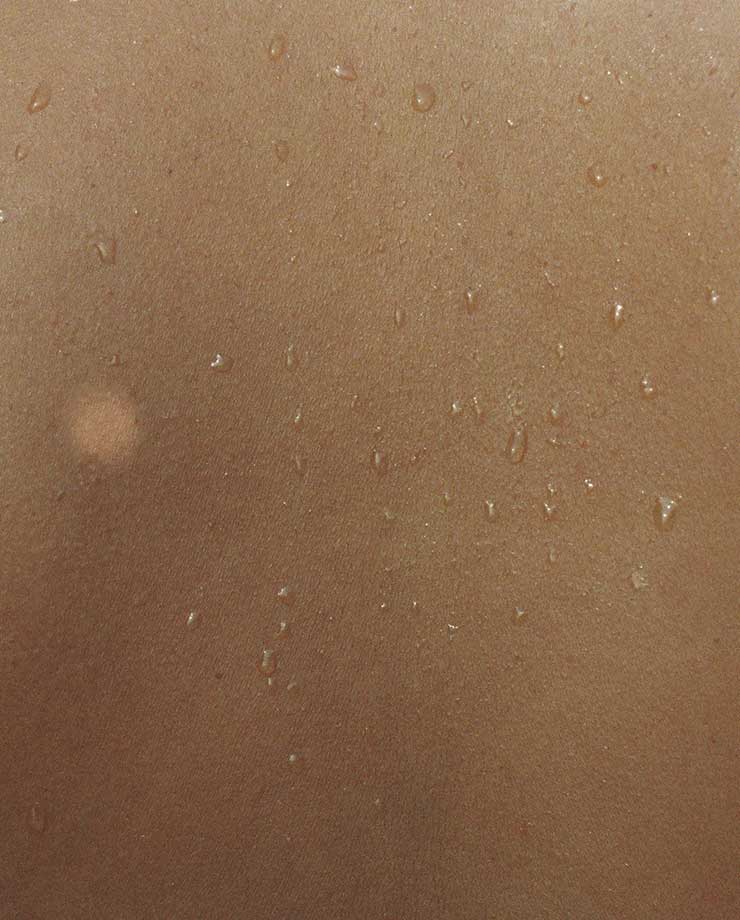
“Trust Your Gut”
While exploring the scenic landscape, participants had the opportunity to put theory into practice. Contrasting the angular backdrop of Mallorca’s rocky coastline, sparkling rays of light danced across waves that swept softly onto shore. In this dreamy setting, students had plenty of inspiration and Eva encouraged us not to overthink. Trusting our instincts encouraged a new relationship with both sides of the camera. One participant articulates her experience:
“Working in the creative field myself, I really enjoyed an afternoon without any constraints. What I valued especially was the intimate atmosphere we built together. It was a truly special experience for me.”

Storytelling Through Imagery
As golden-hour struck, dramatic casts of light and shadows offered new opportunities to explore. Composition and lighting became the new focus for participants. As we discovered different ways to embrace our natural environment, we were able to attach new meanings to our images. Eva explains her own relationship to storytelling:
‘”Be it through the syntax of words to create a sentence or the combination of sounds to create a song, I’ve always had an inclination for storytelling. The intentional collection of symbols as a form of self-expression is something that has always intrigued me. As I found my voice through photography, shapes, textures, and light became my words and the camera became my pencil.”
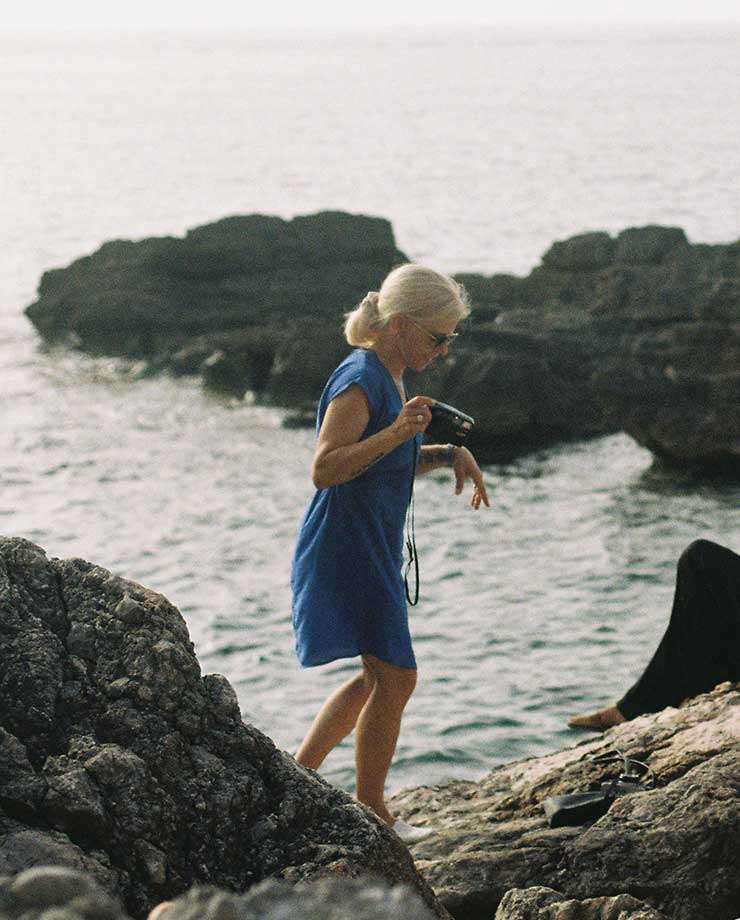

Embracing Vulnerability
The art of portrait photography inherently challenges participants to be vulnerable, asking students to truly see and let themselves be seen. This is not an easy challenge for individuals who have only just met. However, in the environment Eva fostered, somehow things fell into place. The camera acted as our translator, communicating how we are seen and interpreted by others and then giving the opportunity to flip the narrative, taking control of our image through the practice of artistic direction.
These experiences are what make dada-days proud to partner with artists like Eva, who (along with teaching the technique of her craft) carefully nurtures a space for meaningful creative exchange.
As the class was wrapping up, we asked Eva about her own experience:
“Learning, laughing and swimming together by the sea until the sun went down… Every single workshop has been an inspiration and a dream.’’
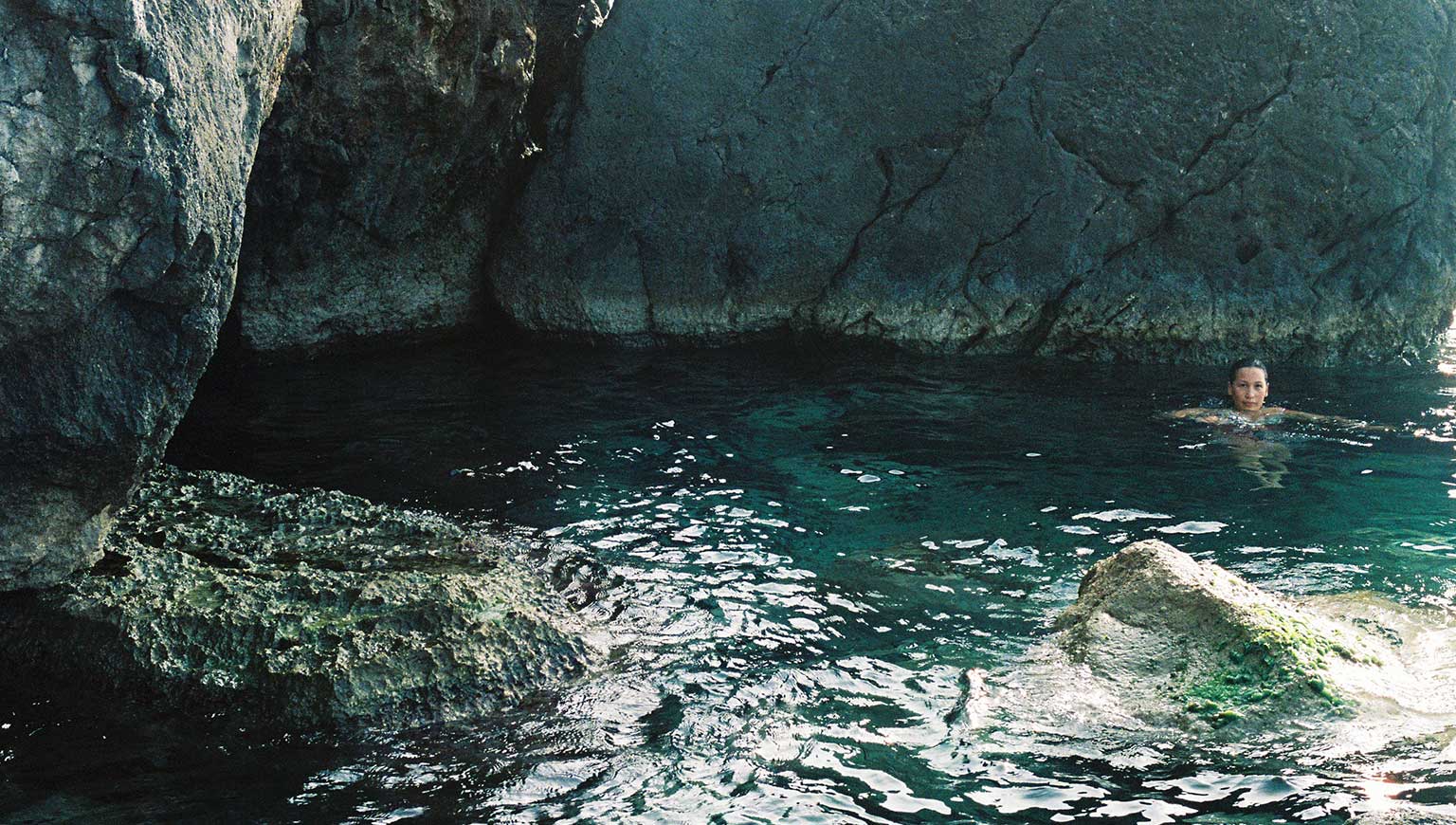
If you are eager to explore Eva Abeling’s fascinating portfolio, you can find more about her and her work here:
www.evaabeling.com / @eva_abe.
Text: Lucy Ehrlich and Lorenzo von der Velde
